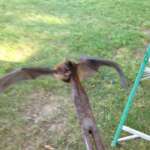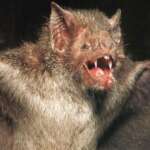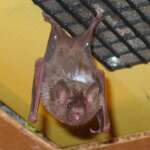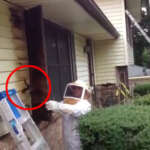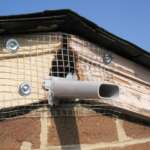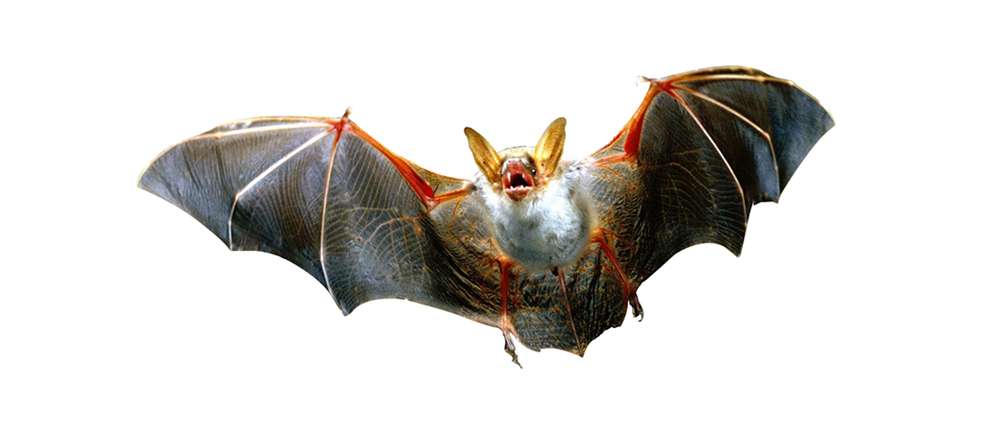
Bats
Description
Bats make up 20% of all mammals on earth with over 1200 separate species. They are long lived, very social and highly mobile. Many bats only eat insects whilethe rest eat fruit. One exception is the vampire bat which feeds only on the blood of mammals.
Most bats are nocturnal, and many roost in caves or other refuges while some inhabit the attics of homesand other man-made structures. Bats are present throughout the world, with the exception of extremely coldregions like Antarctica and the Arctic.
Bat guano (poop) is sometimes mined from caves and used for fertilizer. Many bat species consume insects which cuts down on the need for pesticides. Occasionally, bats are so numerous that they become tourist attractions. In many cultures, bats are villified and associated with vampires, witchcraft and death.
There are many states in the United States that do not allow bat removal without a license. Before you try and remove bats yourself, check the regulations in your community. Even if it is legal where you live, bat removal is difficult and should be left to the professionals.
Echoloaction
You’ve heard the expression, “blind as a bat” but not all bats have poor eyesight. Many of the microbats use echolocation to navigate the world and identify prey in the dark. Echolocation is the emitting of ultrasonic sounds to produce echoes. By repeated scanning, bats can mentally construct an accurate image of the environment in which they are moving and of their prey. Other bats, like the Flying Fox use their eyesight to locate fruit. Bats can separate their calls and returning echoes by time. They have to time their short calls to finish before echoes return. Bats contract their middle ear muscles when emitting a call, so they can avoid deafening themselves. In addition to echolocating prey, bat ears are sensitive to the fluttering of moth wings, the sounds produced by insects, and the movement of ground-dwelling prey, such as centipedes and earwigs.
Reproduction
With most bat species, males mate with multiple females. Births usually take place in late May or June in the northern hemisphere; births in the southern hemisphere occur in November and December. Female bats use a variety of strategies to control the timing of pregnancy and the birth of young, to make delivery coincide with maximum food ability and other ecological factors.
Females of some species have delayed fertilisation, in which sperm is stored in the reproductive tract for several months after mating. Mating occurs in the autumn but fertilization does not occur until the following spring. Other species exhibit delayed implantation, in which the egg is fertilized after mating, but remains free in the reproductive tract until external conditions become favorable for giving birth and caring for the offspring
Bat Social Structures
Some bats lead solitary lives, while others live in colonies of more than a million. Living in large colonies lessens the risk to an individual of predation. Temperate bat species may swarm at hibernation sites as autumn approaches. This may serve to introduce young to hibernation sites, signal reproduction in adults and allow adults to breed with those from other groups.
Getting Rid of Bats
Getting rid of bats is tricky even under the best of circumstances and without a license it is illegal in many states. Not only do bats roost in out of the way places like attics and steeples; the methods needed to get to them often places the inexperinced home or business owner is at risk for a fall. Jarrod’s Pest Control is licensed in Georgia and Alabama to remove bats and having a professional take care of this particular problem is recommended. Follow this link to see more information on bats including how to get rid of bats in your home.
SOURCE(S):
Wikipedia
Request Free Pest Inspection
EMERGENCY SERVICE AVAIALBLE
Request Free Pest Inspection
EMERGENCY SERVICE AVAIALBLE



